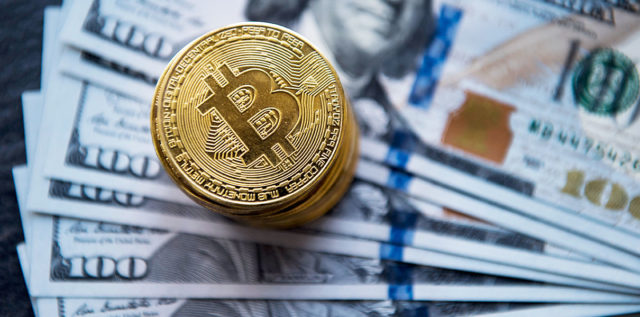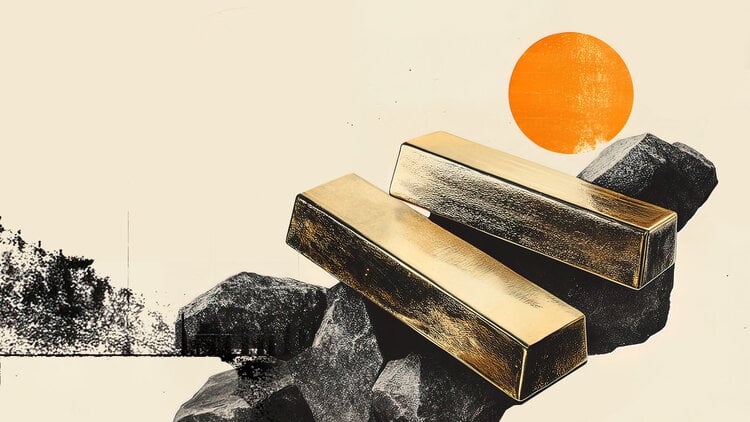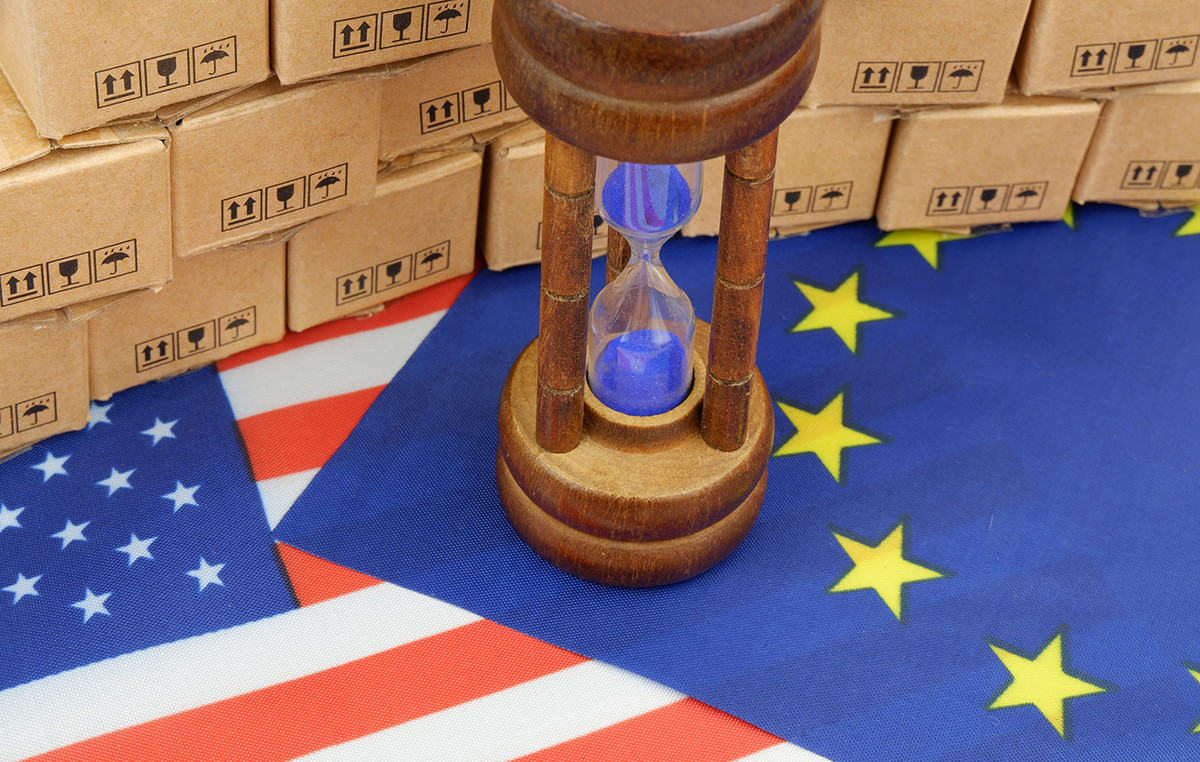By Stephen Mihm
Encouraging data on its US jobs numbers on Friday – which came in well above expectations – seemed to suggest recession fears were somewhat overblown. At the very least, they add yet another contradictory piece of data to a confusing collection of economic indicators.
Perhaps this means that the US can avoid a recession in the near future. Let’s be careful, however, when we invest too much in a single data indicator. Turning points in business cycles are often defined by complex, contradictory data that can take many months to unravel.
The example of 1973
Consider, for example, what happened almost 50 years ago, as the US was sliding into recession. No one knew for sure at the time. As they do today, they searched, trying to make sense of the utterly confusing, contradictory “signals” created by the paradoxical convergence of high inflation, a resilient labor market, and a pervasive pessimism.
In the fall of 1973, he found the profession of economist unsolicited. The New York Times described how this reflected “the industry’s grief over its failure to predict and diagnose the massive inflationary boom in food and commodity prices that blew up the price indexes in 1973.” The paper quoted economist Arthur Okun as lamenting “one of the greatest failures of economic analysis in modern times”.
We live and learn, right? In November 1973, economists in Richard Nixon’s administration confidently predicted that the country would avoid a recession. “Economists believe recession can be avoided,” the Atlanta Constitution triumphantly announced.
This was very good news – or would have been, if a recession hadn’t started that very month. But no one knew it at the time.
To be fair, not everyone was on board the soft landing. Investors bailed out by fleeing the stock market at the end of the year, and many concluded that this portended a difficult year ahead. Legendary financial commentator Leonard Silk noted that the stock market had “fallen as if anticipating a major recession or even a normal recession.” Indicatively, the non-agricultural payrolls had fallen by 260,000.
The immeasurable optimism
Then, however, the pessimists hit a “wall.” Factory orders in January 1974 rose 5.4% over December. Manufacturing surveys revealed a planned 13% increase in capital spending next year. When President Nixon gave the State of the Union address to Congress, he stated with certainty that “there will be no recession in the United States of America.”
It seemed like he was right. Shortly after, non-farm payrolls for February rose by 175,000. And those job losses from last month? Only 105,000 workers lost their jobs, not 260,000. Subsequent revisions eventually pushed this number into positive territory.
Additional data offered even more hope. After a brief “hiccup” in job creation over the winter, the economy continued to add new jobs, particularly in areas unaffected by rising oil prices. In March 1974, Alan Greenspan, then head of a financial consulting firm, gave a speech in which he declared that “the end of the recession, if there ever was one, is near.”
Ordinary people were not convinced. The University of Michigan Consumer Survey in March recorded the most pessimistic readings in 25 years. Economists in the survey noted that “many” of respondents “believed the recession was already here.” Which was absolutely accurate, given that indeed the recession had already been going on for four months.
Very important people had understood none of this. Herbert Stein, who chairs the US president’s Council of Economic Advisers, celebrated the economy’s “underlying strength” in March. In April, prominent economist Paul McCracken gave a speech at a conference in which he described a recession as “unlikely.” The following month, Federal Reserve Chairman Arthur Burns added: “I don’t like recessions and I don’t think one will happen.”
The harsh reality
However, at this point in time, some analysts couldn’t help but wonder if ordinary Americans knew something they didn’t. Now in July – the eighth month of the recession – Citibank economists speculated that the country could well be in the midst of a “pervasive recession”. However, this was too extreme a view for many, with several economists preferring the characterization of a “slowdown” or a new oxymoron: “recessionary growth”.
As economists and policymakers tried to make sense of the then-contradictory data, the oracles at the National Bureau of Economic Research further muddied things. Its member, Solomon Fabricant, resorted to Erwin Schrödinger and his half-dead-half-alive cat, declaring that if the recession was “real” it should have started the previous November – yet at the same time asserting that “it wasn’t a real recession yet”.
The paradox of job growth amid declining output and rampant inflation resolved itself in the late summer of 1974, when government economists released revisions to earlier data that allowed a much clearer picture of what was going on. Data that had previously been cause for hope—low inventories, for example—were revealed as statistical mirages.
But even in July, the fact that the unemployment rate remained stubbornly low gave ammunition to the optimists. When new data released that month showed the jobless rate would remain unchanged, the Washington Post said it gave hope that the economy was “expanding again rather than slipping into recession.”
It had already “slipped” into recession for a long time, as most people concluded already in the autumn. And it would remain in recession for another six months, during which the most familiar symptoms of a contraction appeared, most notably job losses.
The recession would not end until March 1975. Its end, however, like its beginning, was not fully understood at the time. A month after the recession would finally be understood to be over, Alan Greenspan, who had since become President Gerald Ford’s economic adviser, remained pessimistic. “Greenspan sees recession continuing,” declared the New York Times.
He was by no means alone: other economists and analysts were timing the end of the recession in the fall of 1975, with some arguing that the recession might well continue into 1976, even though later study would reveal that the economy was already recovering.
Dragons
The economy of 2022 is quite different from the one that existed in the twilight of the Nixon administration. Yet reviving the confusion of that bygone era is instructive. Any recession or recovery is often accompanied by confusing and even contradictory data. Throw unpredictable inflation, negative sentiment in the general population, and unexpectedly strong job growth into the mix, and things get extremely messy and unpredictable.
All these conditions exist even now. That doesn’t mean we’re headed for a recession—or even that we’re in one right now. But it does mean that anyone who talks with certainty about where the economy is going at a time like this should tread lightly and carefully, because there are “dragons” lurking.
Source: Bloomberg
I’m Ava Paul, an experienced news website author with a special focus on the entertainment section. Over the past five years, I have worked in various positions of media and communication at World Stock Market. My experience has given me extensive knowledge in writing, editing, researching and reporting on stories related to the entertainment industry.







